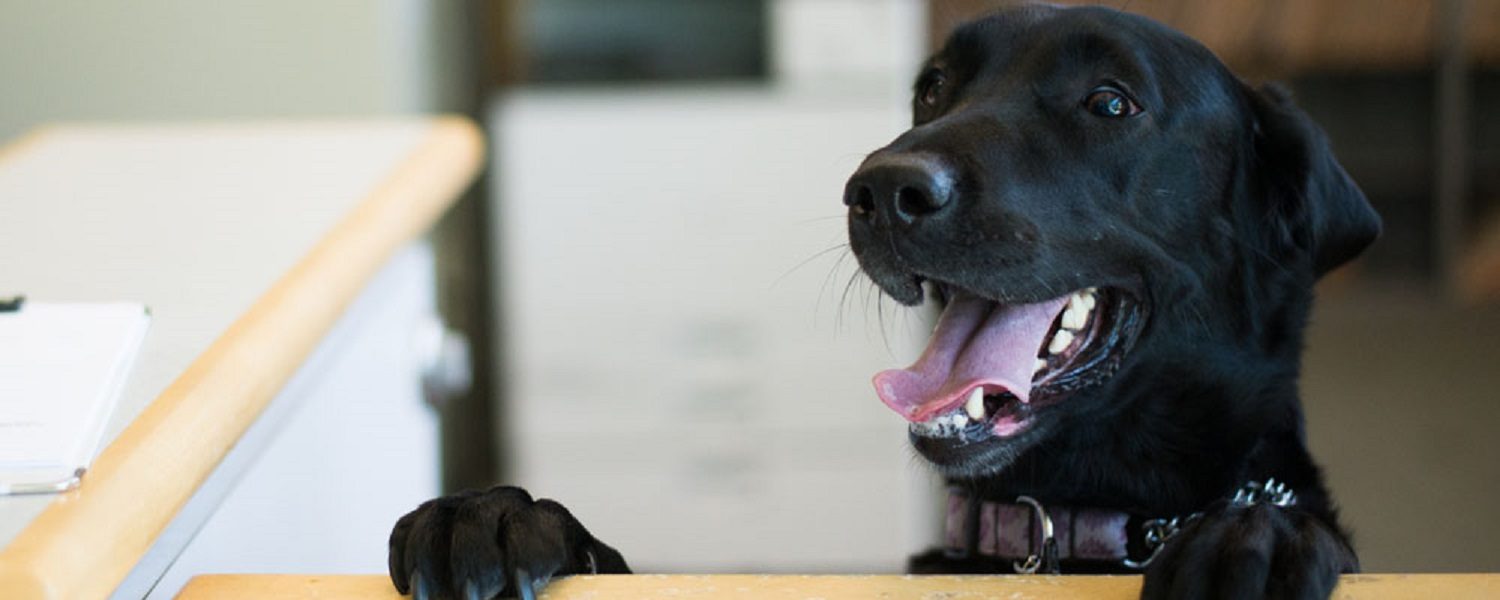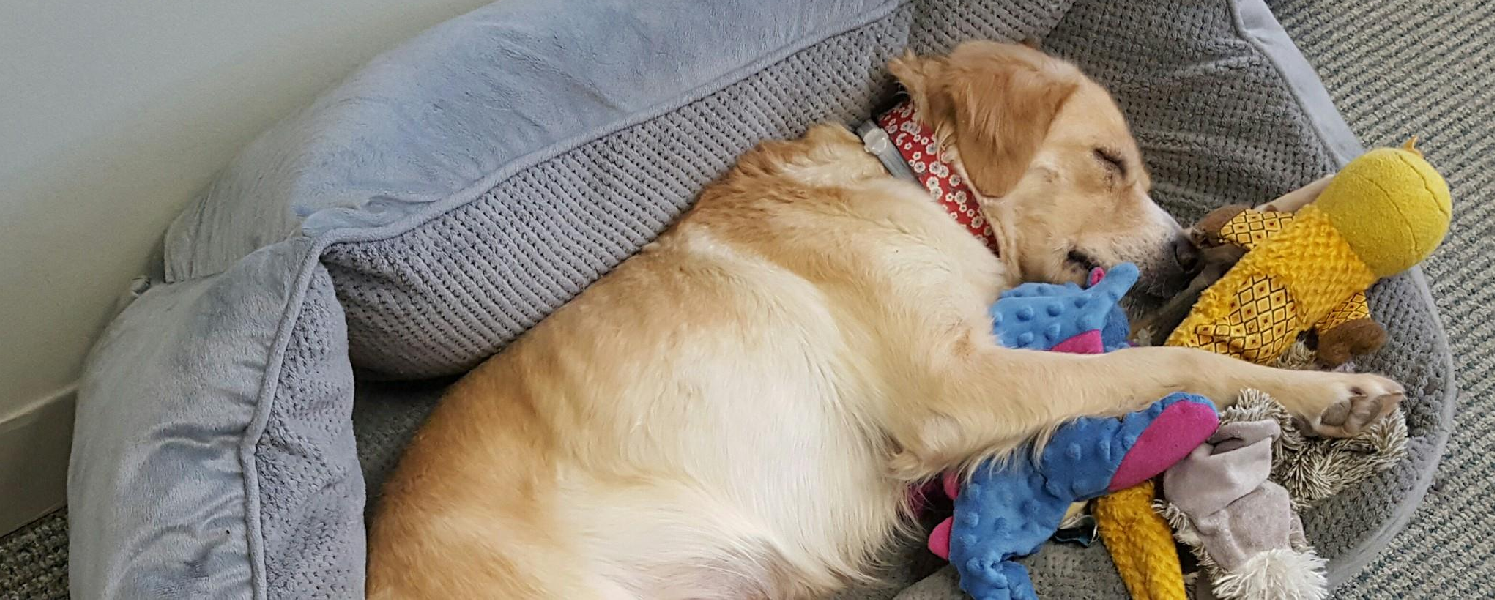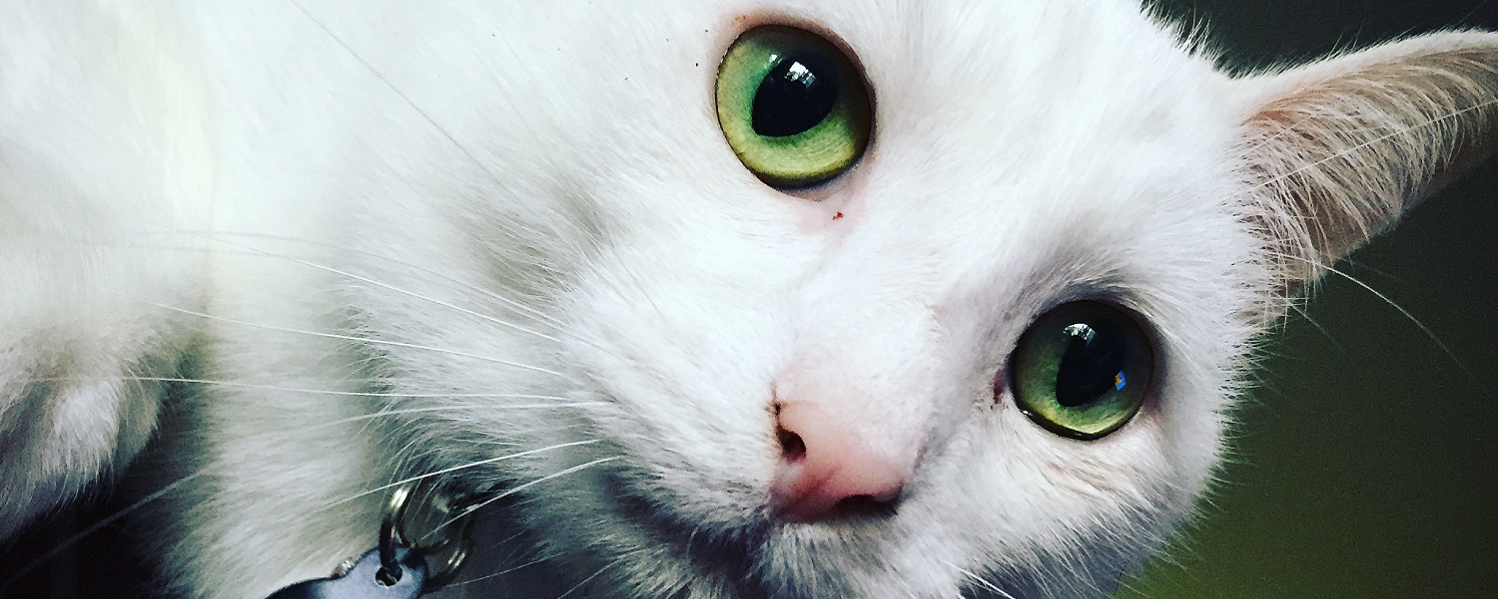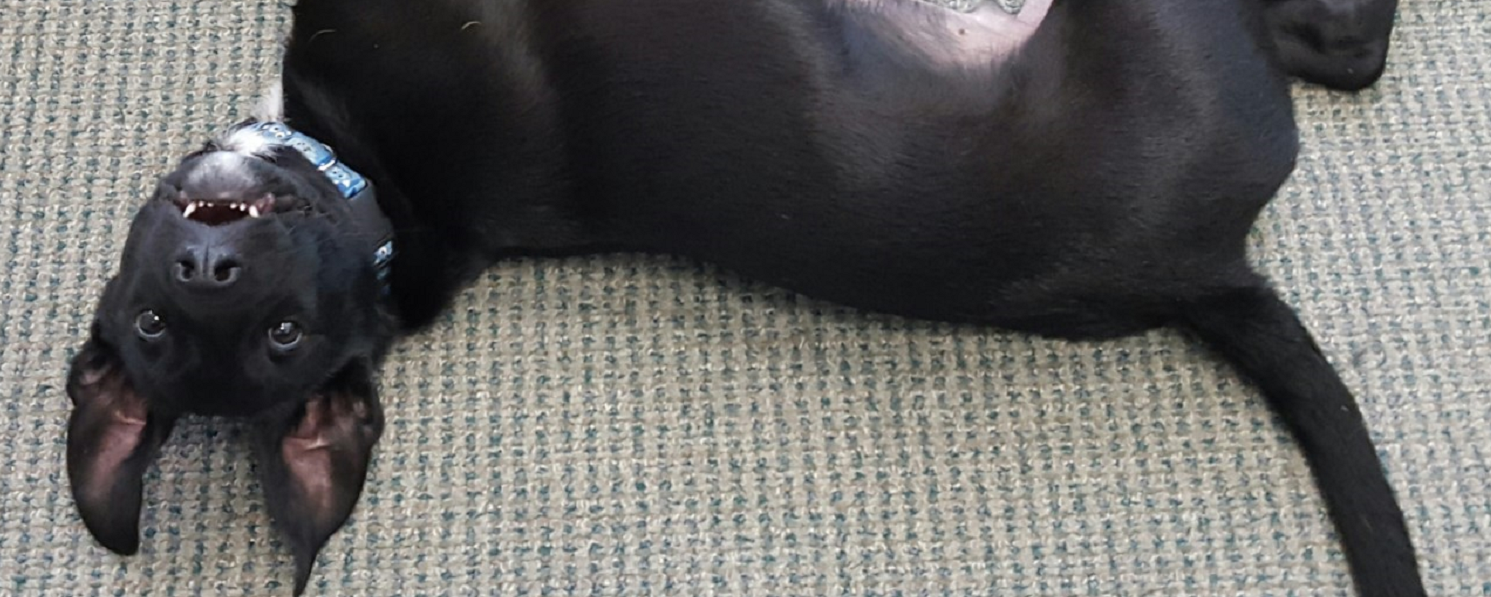You can make a difference today by donating, sharing, or spreading the word. Every dollar helps a senior pet feel safe, healthy, and loved.
Dental disease affects more than 85% of dogs and cats over the age of four. Dental disease is caused by an overgrowth of bacteria which forms plaque, just like in people. When plaque and tartar build up then bacteria proliferate and lead to infection and destruction of the gums, bone and surrounding teeth. All of this can lead to pain and irritation of the gums, root decay of teeth, and in severe cases can lead to infection in the kidneys and liver.
Some common signs and symptoms of dental disease are:
-Loss of appetite
-Dropping food while eating, or not chewing food at all
-Bad breath
-Loose or lost teeth
The treatment for dental disease is a dental cleaning and polishing under general anesthesia. Dental cleaning removes plaque and tartar, allows you to get under the gum line and remove plaque and helps to prevent further plaque accumulation. It is not uncommon to have extractions of diseased teeth.
The management and care after a dental cleaning can be daunting, but worth it. Brushing teeth with and enzymatic toothpaste on a regular basis is the gold standard to help maintain clean and healthy teeth and gums. There are also dental chewing bones that can be effective, such as CET chews, Oravet, and Greenies to name a few. However, if your pet does not chew things well this will not be a helpful tool.











